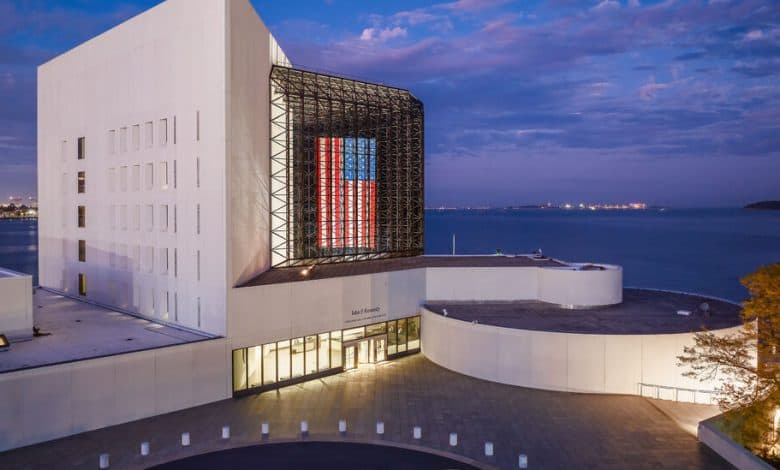5 Presidential Libraries That Offer Culture, History and ‘Labs of Democracy’

As repositories of valuable historical documents and other records, U.S. presidential libraries have long been important destinations for scholars. But you don’t have to be an academic or even a history buff to appreciate these destinations, as many increasingly offer museums, special exhibitions and unique programming — ranging from interactive situation room experiences to musical performances — to the general public.
The first library was established by Franklin D. Roosevelt and opened to the public in 1941. Every administration since has created one of its own. (President Hoover, liking what he saw of F.D.R.’s project, established his own retroactively, in 1962.) Fifteen libraries are managed by the Office of Presidential Libraries, a part of the National Archives and Records Administration — the Presidential Libraries Act, passed in 1955, established the system of privately built and federally maintained institutions — and 13 are currently open to visitors. There are additional museums, historic monuments and sites dedicated to other presidents, like the James Garfield National Historic Site in Mentor, Ohio, and some have archival components, like the Abraham Lincoln Presidential Library and Museum in Springfield, Ill.
“President Reagan called the libraries labs of democracy because they explain how decisions are made and how policies are executed,” said Colleen Shogan, the archivist of the United States. “They give us the opportunity to learn about American democracy, and how the government functions.”
With Presidents’ Day fast approaching, consider planning a visit to a presidential library. Here are five to start.
Hyde Park, N.Y.
Franklin D. Roosevelt Presidential Library & Museum
The 32nd president had a vision for an institution that showcased his legacy and provided transparency on the inner workings of the government. Now his presidential library and museum (admission $10) is home to his records and Eleanor Roosevelt’s extensive archives. Permanent exhibitions include an interactive exploration of Roosevelt’s New Deal initiative, the controversial internment of Japanese Americans during World War II and immersive, period-specific Fireside Chat rooms. There’s currently a temporary exhibition exploring the Civil Rights Movement, including the Roosevelts’ political evolution on the matter over the years (through Dec. 31, 2024).
We are having trouble retrieving the article content.
Please enable JavaScript in your browser settings.
Thank you for your patience while we verify access. If you are in Reader mode please exit and log into your Times account, or subscribe for all of The Times.
Thank you for your patience while we verify access.
Already a subscriber? Log in.
Want all of The Times? Subscribe.
